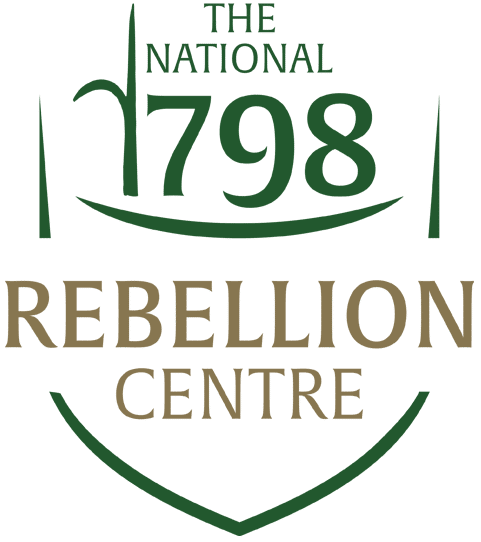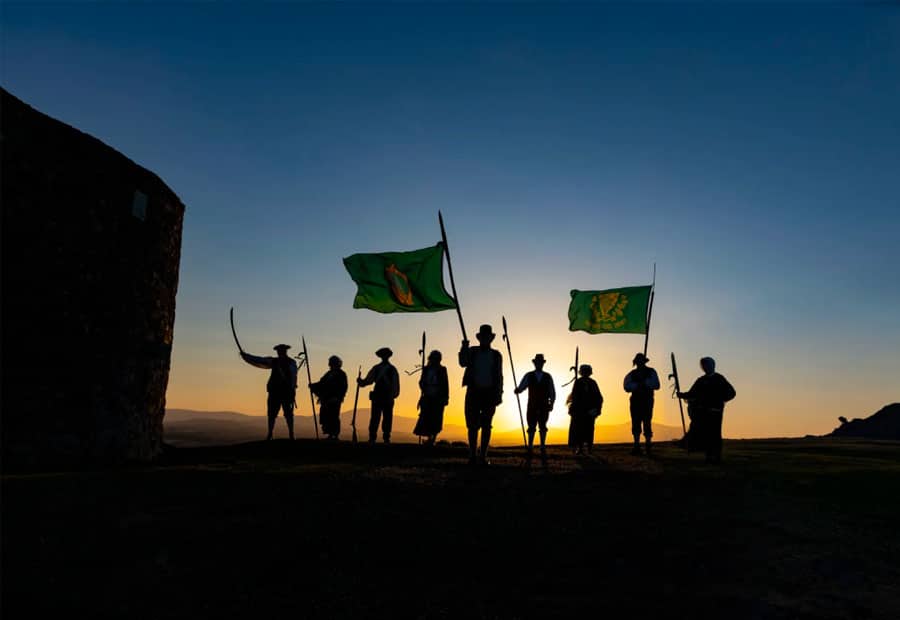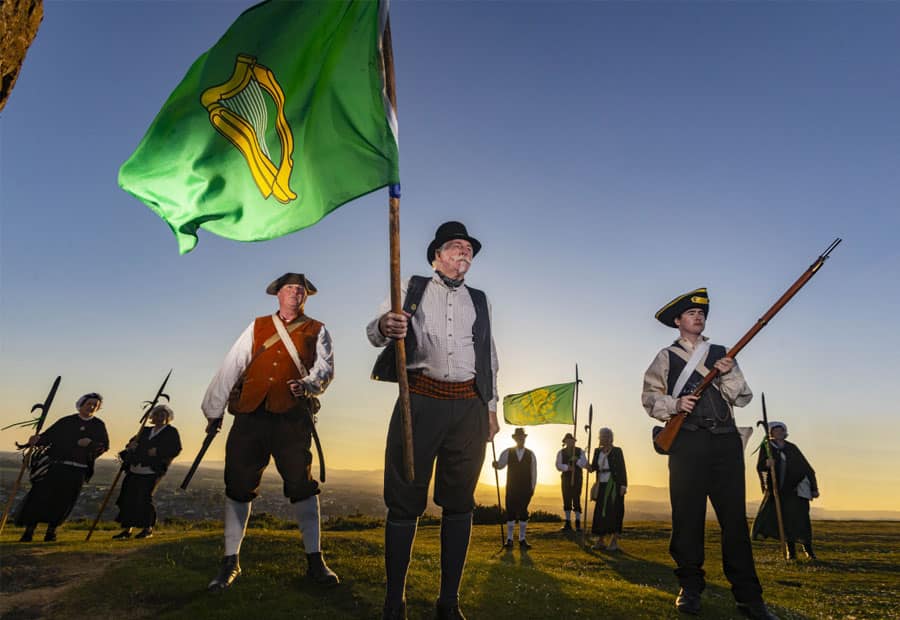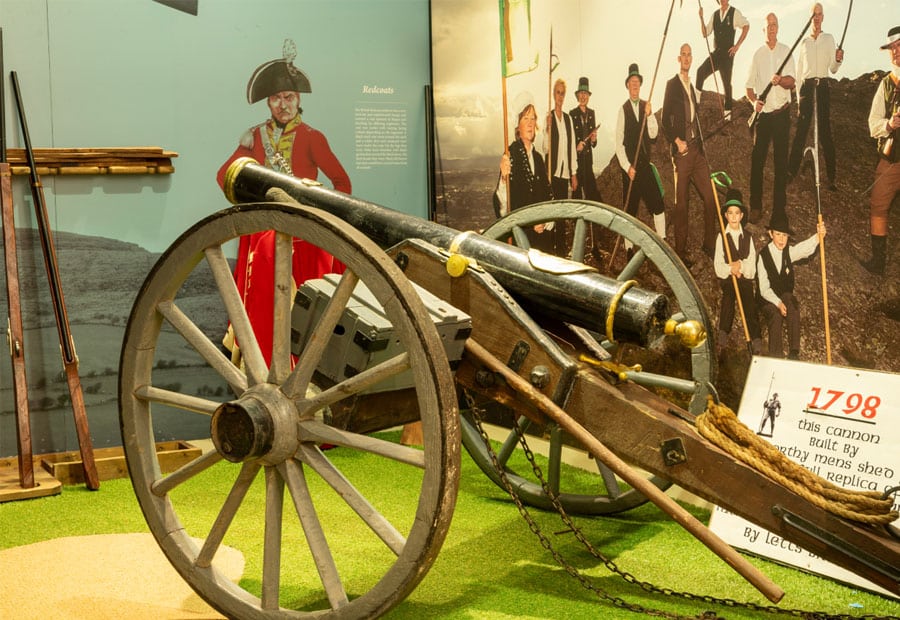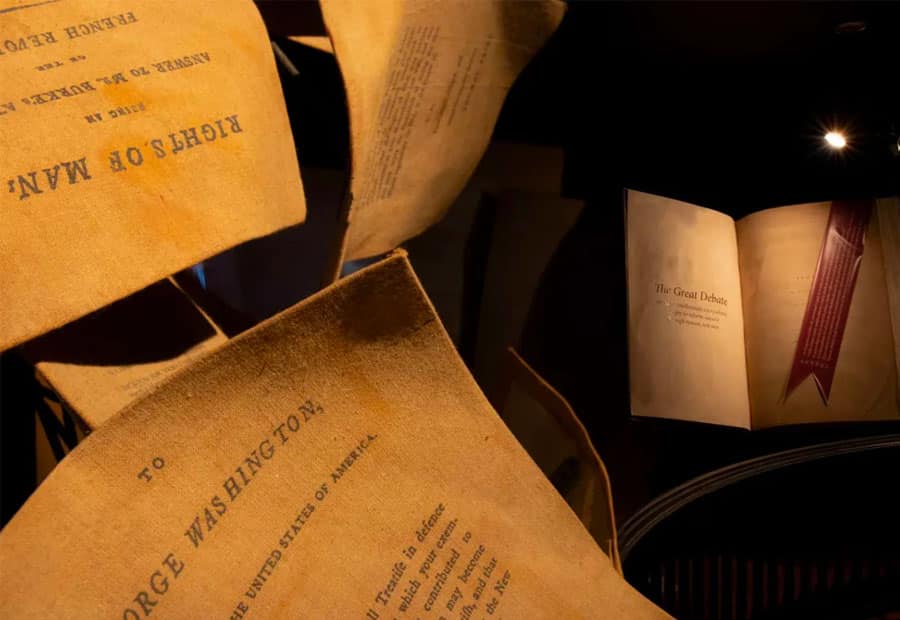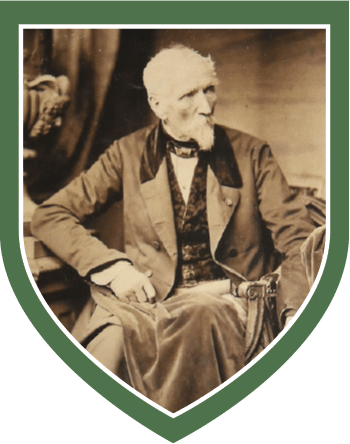


 Leaders of 1798
Leaders of 1798 
Leaders in the Crown Forces and within the United Irishman were key to the success and losses in 1798. Here, we look in depth a a few of those who made history.
United Irishmen Leaders

Myles Byrne
Myles Byrne from Monaseed, Wexford was the son of a catholic farmer. He joined the United Irishmen in 1797 at the age of 17. Byrne was one of the youngest rebel leaders in the field of battle in 1798. He led the Rebels at Bunclody, Arklow, and Vinegar Hill. Following the Battle of Vinegar Hill, he accompanied Fr. John Murphy on the advance to and retreat from Castlecomer, Co. Kilkenny. Byrne continued in the field until the end. He later escaped to Dublin, where he remained undetected. He was involved in Robert Emmet’s uprising in Dublin in 1803. After the failure of Emmet’s Rising, Byrne left Ireland for Paris. He became an infantry officer in the Irish Legion and fought in the Napoleonic wars.
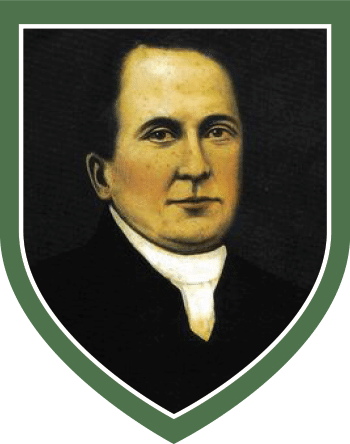
Fr John Murphy
Prior to the outbreak of the 1798 Rebellion, many Catholic clergymen swore allegiance to the Crown and encouraged local people to give up their weapons, in return for protections from the government. However, many people had to leave their homes to avoid persecution by the Yeomanry. This is believed to have influenced Fr. John Murphy who was the curate of Boolavogue parish to join the Rebellion.
On 27 May 1798, Fr. John Murphy led a large group of pikemen and defeated a party of government troops at Oulart Hill. He led the rebels at Enniscorthy, Arklow, and Vinegar Hill. Following the Battle of Vinegar Hill, Fr. Murphy joined a rebel group that fought small battles and skirmishes in Counties Carlow and Kilkenny. Fr. Murphy was arrested and executed at Tullow, Co. Carlow.
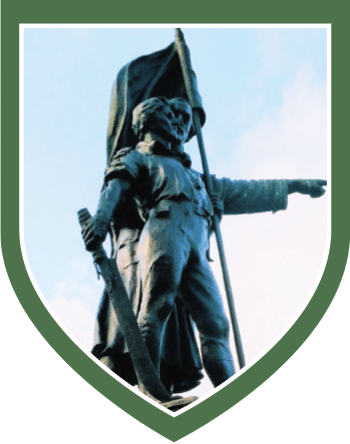
John Kelly
Kelly, a young man age 25, from Killane, Rathnure, Co. Wexford was sworn into the United Irishmen in 1797. He led a contingent of men from the Barony of Bantry – Scarawalsh who joined the rebel army after the Battle of Enniscorthy on 28 May. He fought bravely at the Battle of New Ross where he was badly wounded. He was brought to Wexford and remained there until General Lake entered the town. He was then tried by court martial and sentenced to death.
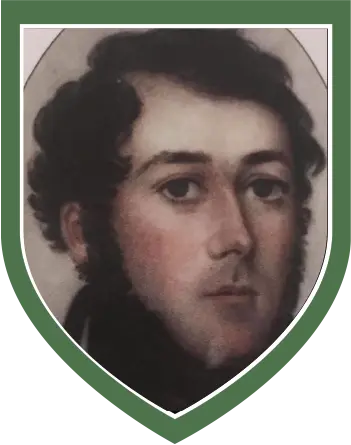
Bagenal Harvey
From Bargy Castle, Wexford, Harvey was a Barrister. He was Commander of the Rebels at the Battle of New Ross. Following the Rebels defeat at New Ross, he was replaced as Commander and instead became President of the Wexford town committee. Following the defeat of the Rebels at Vinegar Hill, Harvey headed to the Saltee Islands to hide out. From there he had planned to escape to France. His plan was scuppered when he was found, arrested and brought back to Wexford. He was sentenced to death on Wexford bridge.
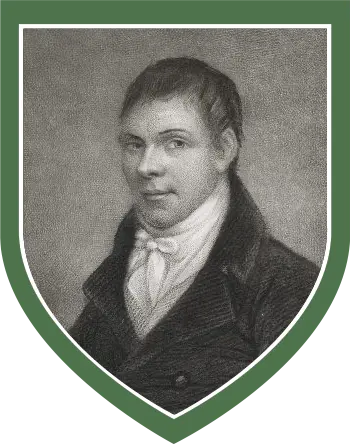
Michael Dwyer
Michael Dwyer from the Glen of Imaal Wicklow, the son of a small farmer, he was 25 when he joined the United Irishmen in the spring of 1797.
He was involved in the Battles at Ballyellis, Arklow, Vinegar Hill and Hacketstown. Following the end of the 1798 Rebellion, Dwyer continued to fight on as part of a guerrilla campaign in the Wicklow mountains. He became involved in Robert Emmet’s uprising in 1803. After the failed uprising, Dwyer continued his guerrilla campaign in the Wicklow mountains until he agreed to terms of surrender in December 1803. He was imprisoned and later deported to New South Wales.
On arrival, he was given 100 acres of land. However, the Governor of New South Wales, Captain William Bligh, had Dwyer charged with seditious activities. Though Dwyer was cleared of the charges in court, Bligh had him re-arrested and sent to various convict spots in Van Diemen’s Land. Bligh was eventually removed from office by the military in the Rum Rebellion. Dwyer was eventually released and pardoned.
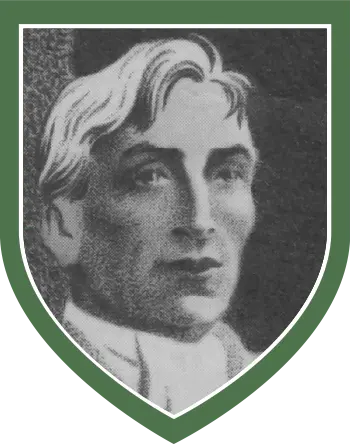
Thomas Cloney
From Moneyhore, Co. Wexford, Cloney, age 24, was the son of a farmer when he joined the rebels in 1798. Before joining the Rebellion he helped to run the family farm and manage rented lands in Co. Wexford and Co. Carlow. Cloney played a leading role in the Battle of Three Rocks and the Battle of New Ross. Following the rebels defeat at the Battle of Vinegar Hill Cloney was chosen to negotiate terms of surrender with General Lake, which Lake refused to discuss with him. Cloney then went into hiding. He was sheltered by protestant friends. He was later disguised as a yeoman and returned to his father’s house at Moneyhore. He also hid for some time in Killaughran woods where he accidentally shot himself in the thigh and almost bled to death. In 1799, he was arrested and jailed in Wexford. He was found guilty of being a rebel leader and accessory to murder, and sentenced to death. His sentence was later reduced to two years in exile. He then went to England for the duration of his exile.
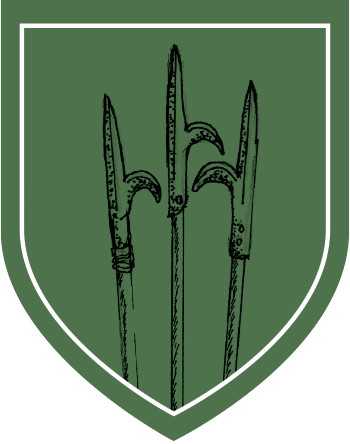
Daniel Kereven
From Ballymanus, Co. Wicklow, led the pike charge on Enniscorthy bridge at the battle of Enniscorthy on 28 May 1798. He commanded the Ballymanus contingent of rebels at the Battle of Arklow. He was killed by a cannon ball in the fighting at the Battle of Vinegar Hill.
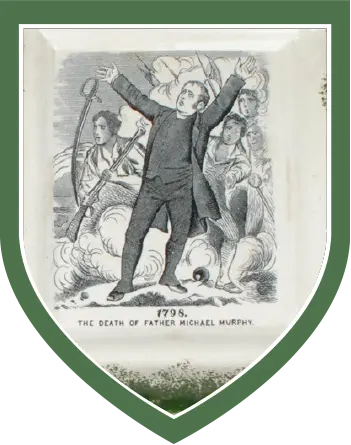
Fr Michael Murphy
From Kilnew, County Wexford, was ordained a priest in 1785. He left Ireland for France, and some years later he became parish priest of Ballycanew. He was influenced to join the Rebellion when his church was ransacked by the Yeomanry. He fought bravely but was killed at the Battle of Arklow.
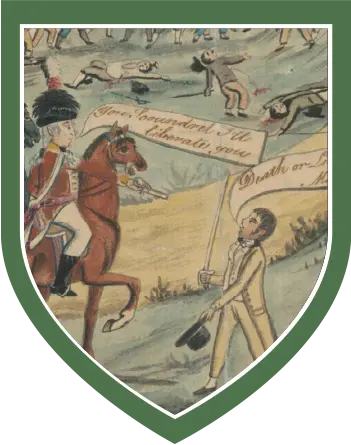
Philip Cunningham
Born in Listowel, Kerry, in 1770, Cunningham moved to Clonmel, Tipperary where he was working as a publican and mason. It is believed he may have helped organise the United Irishmen in the Clonmel area. He was arrested in 1799 on suspicion of rescuing prisoners being taken to Clonmel for execution. He was convicted and sentenced to transportation for life and sent to New South Wales. On 4 March 1804, Cunningham helped lead a mainly Irish convict rebellion in north-west Sydney. This occasioned the first declaration of martial law on the continent and ended in a bloody skirmish on Vinegar Hill (Rouse Hill). Cunningham was arrested on the hill and later hanged.
Crown Forces Leaders
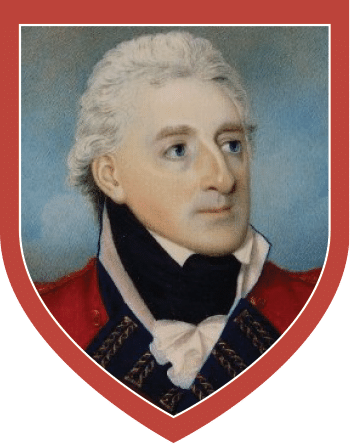
General Gerard Lake
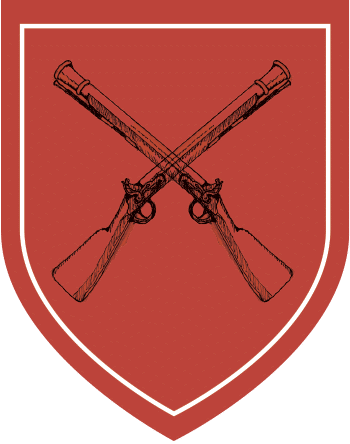
General Sir John Moore
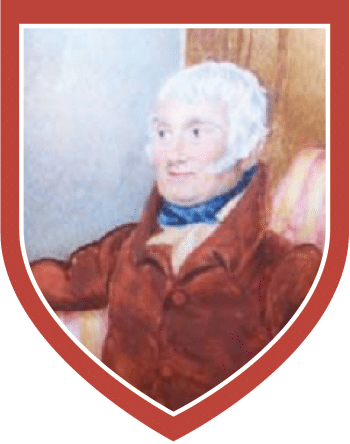
Francis Needham

General Gerard Lake
Lake served in the British army in the Seven Years’ War, in the American Revolutionary War, and in the wars of the French Revolution.
He was appointed Commander of the Crown Forces in Ulster in 1796.
In 1797, he set about disarming Ulster and destroying the United Irishmen organisation there. In April 1798, Lake was appointed Commander-in-Chief of the Crown forces in Ireland.
In 1798, Lake moved quickly to put down the Rebellion as soon as it broke out in Ulster. He then concentrated his campaign in Wexford and was active in the defeat of the Wexford rebels at the Battle of Vinegar Hill.
He was also present when the French forces, under General Humbert, surrendered at Ballinamuck, Longford, on 8 September 1798.
In 1800, he was made Commander-in-Chief in India and set about modernising the Indian Army. He became a full general the following year. In 1804, after a successful campaign against Indian dissidents, he was made a Baron.

General Sir John Moore
General Moore was Commander-in-Chief of Government forces at Lacken Hill, Goff’s Bridge and Wexford town, defeating 5,000 insurgents led by Fr. Philip Roche at Goff’s Bridge and Foulksmills on 20 June 1798. This victory was attributed to General Moore’s commanding ability.
He was considered very humane by the Wexford insurgents and is remembered as a soldier who carried out his duties without malice. However, he failed to control his Yeomanry units and they committed many atrocities.
Moore was killed at La Coruna, Spain, fighting against Napoleon’s army in the Peninsular War in 1808.

Francis Needham
Needham joined the Crown force army in 1762 and took part in the American War of Independence, where he was taken prisoner at the Battle of Yorktown.
In 1798, he led the Crown forces at the Battle of Arklow and was also involved in the Battle of Vinegar Hill (he became famous for being late for the Battle of Vinegar Hill and allowing an escape route for the Rebels).
He was promoted to Lieutenant-General in 1802. He was made colonel of the 5th Veteran Battalion in 1804, and he was made a full general in 1812.
National 1798 Rebellion Centre History
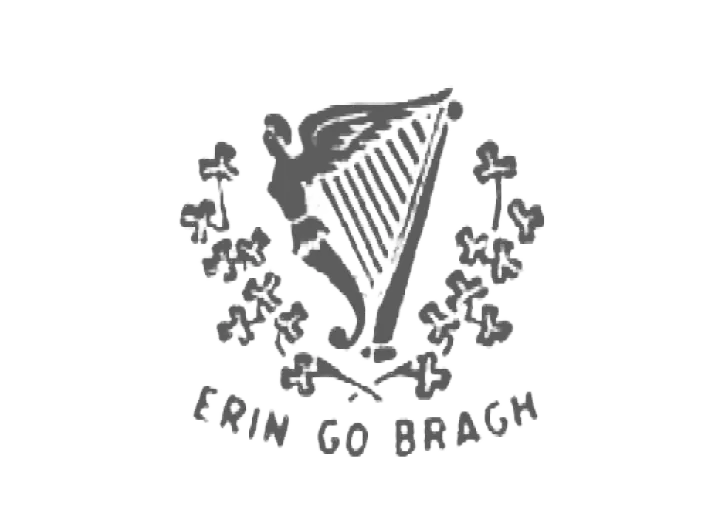
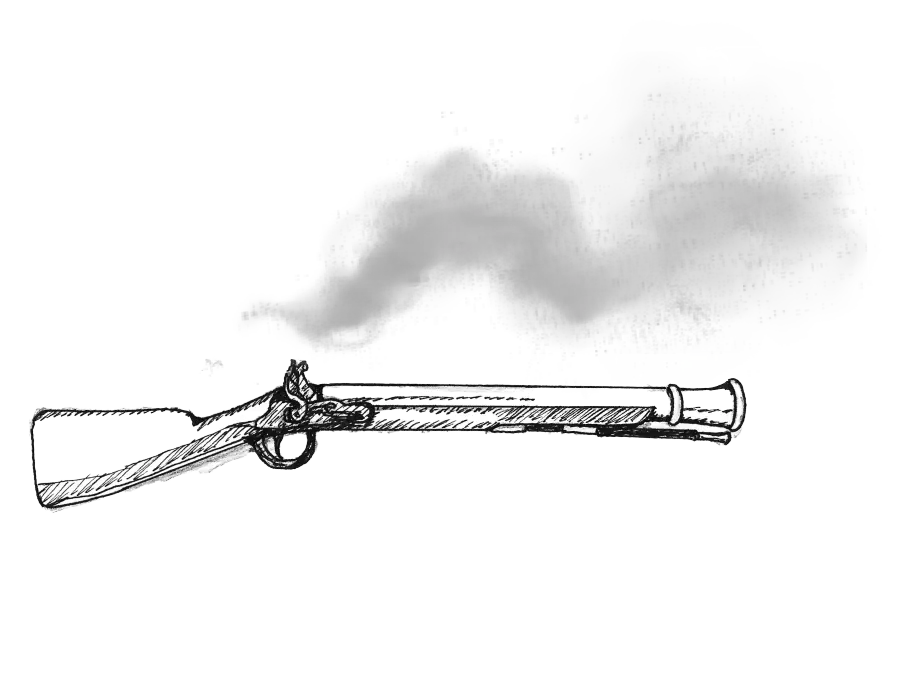
Experience
the Rebellion
Come face-to-face with the key figures of the Rebellion, immerse yourself in the bloody Battle of Vinegar Hill, discover the power of weapons from the period and learn, in gruesome detail, how some 20,000 insurgents faced the might of 10,000 well-trained and well-armed Crown Forces.
